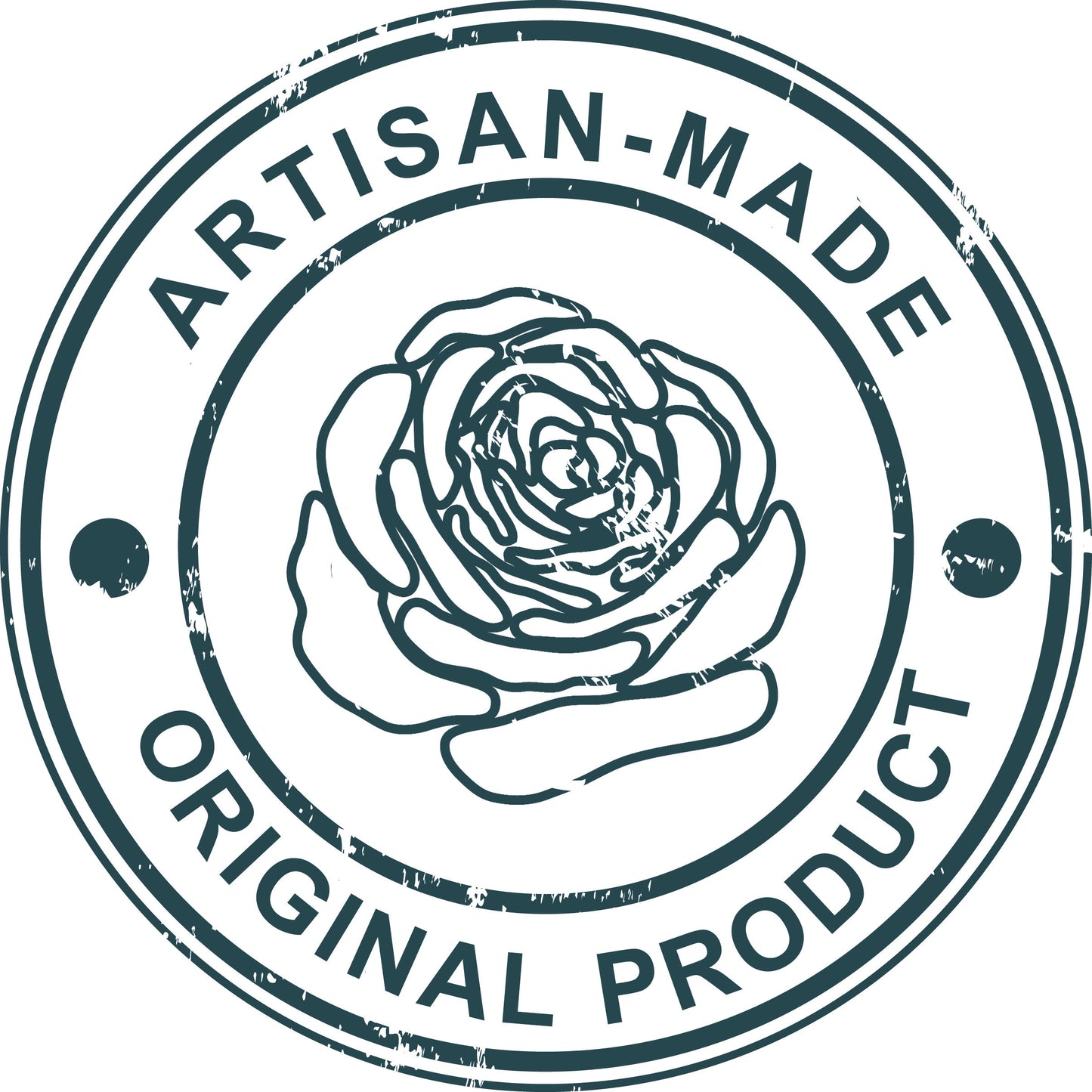Tauris Zerekhaki Wool Carpet 12'2" x 9'1"
Overview
Materials & Craftsmanship:
This diligently hand-knotted area rug is made of 100% pure lamb’s wool. Wool is a natural material, representing a healthy choice that is environmentally friendly with a long list of benefits. The pile of this wool rug is hygienic and non-allergenic, as the natural pile also deters the growth of bacteria and dust mites. It represents a great choice for asthma sufferers due to its natural filtering ability. The rug feels soft under the foot while remaining wear-resistant and long-lasting. With proper maintenance tailored to its needs, this rug can last over 75 years.
Finishing:
The finishing of this carpet was done using centuries old traditional techniques. Once its laborious hand-knotting was completed, it was rolled and entirely submerged in a sanitizing bath where its fibers fully absorbed all cleaning liquid. After which it was laid flat on the ground where a team of cleaners used wooden oar-like paddles to push the water through its fibers and draw out impurities. Oar strokes were done in sync to prevent the carpet from getting torn. Each stroke tightened the knots even further. No machines were involved in its washing or drying.
A Brief History of Tauris (Tabriz) Rugs
 Tauris is the ancient name of today's modern day city of Tabriz located in north-western Iran. Tabriz has a major weaving tradition dating to the 15th century. It is probably the most prolific carpet-producing center in the world, and certainly one of the oldest. This enchanted city was established more than a thousand years ago. After many invasions, occupations and wars, Tabriz took the ancient techniques of the past and created a huge rug-exporting industry.
Tauris is the ancient name of today's modern day city of Tabriz located in north-western Iran. Tabriz has a major weaving tradition dating to the 15th century. It is probably the most prolific carpet-producing center in the world, and certainly one of the oldest. This enchanted city was established more than a thousand years ago. After many invasions, occupations and wars, Tabriz took the ancient techniques of the past and created a huge rug-exporting industry.
The finest era of Persian rug weaving was the Safavid Dynasty (1499 - 1722), when the Safavids overthrew the Turks who had occupied Tabriz. They gave the city one of the first Royal workshops, making it the artistic center of Persian culture. It was at this time that weavers from Tabriz introduced the curvilinear designs to the courts at Istanbul.
After a decline of a few hundred years, Tabriz began re-establishing its position in the mid 19th century as the market center for the export of Persian rugs to the West. Today, many rugs produced in Tabriz emulate the artistic heritage of the Persian Safavid carpet, and when a designer in any part of the world wants to commission a certain pattern to be hand-woven, Tabriz is the city that he or she visits. To learn more about iranian rugs, please visit our Persian Rugs section.
Sources and inspiration: Bérinstain, Valérie, et al. L'art du tapis dans le monde (The art of carpets in the world). Paris: Mengès, 1996. Print.; Jerrehian Jr., Aram K.A. Oriental Rug Primer. Philadelphia: Running Press, 1980. Print.; Herbert, Janice Summers. Oriental Rugs, New York: Macmillan, 1982. Print.; Hackmack, Adolf. Chinese Carpets and Rugs, Rutland and Tokyo: Tuttle, 1980. Print. ; De Moubray, Amicia, and David Black. Carpets for the home, London: Laurence King Publishing, 1999. Print.; Jacobsen, Charles. Oriental Rugs A Complete Guide, Rutland and Tokyo: Tuttle, 1962. Print.; Bashir, S. (n.d.). Personal interview.; Web site sources and dates of consultation vary (to be confirmed). Without prejudice to official usage.
- Choosing a selection results in a full page refresh.
- Opens in a new window.



 Runner Rugs
Runner Rugs 2x3 Area Rugs
2x3 Area Rugs 3x5 Area Rugs
3x5 Area Rugs 4x6 Area Rugs
4x6 Area Rugs 5x7 Area Rugs
5x7 Area Rugs 6x9 Area Rugs
6x9 Area Rugs 8x10 Area Rugs
8x10 Area Rugs 9x12 Area Rugs
9x12 Area Rugs 10x14 Area Rugs
10x14 Area Rugs Round Rugs
Round Rugs Bath Mats
Bath Mats Doormats
Doormats 12x15 Area Rugs
12x15 Area Rugs
















